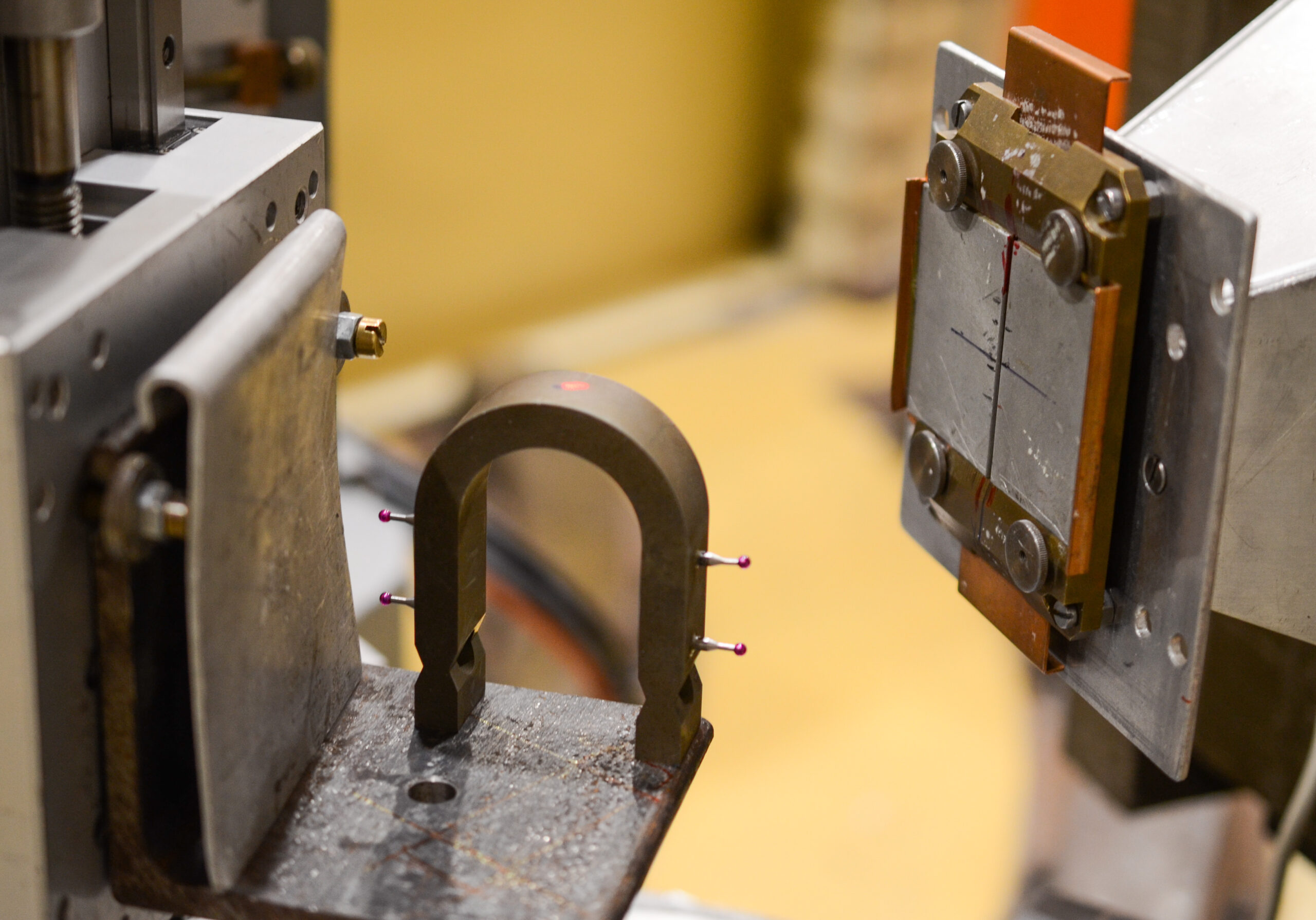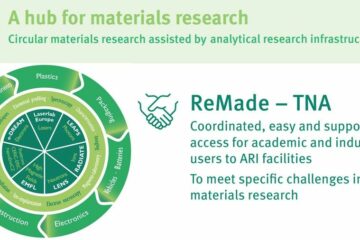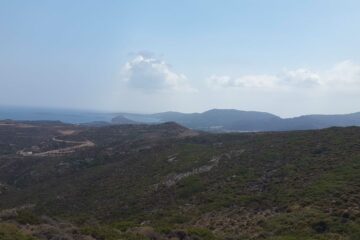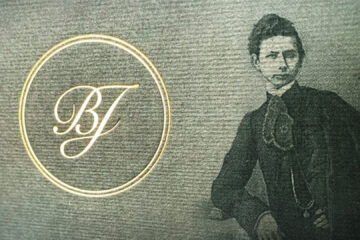Merry Christmas & Happy New Year
We extend our sincere best wishes to all our colleagues and to our scientific and industrial partners for a peaceful Christmas season and a successful and fulfilling New Year. We are pleased to announce that Read more









